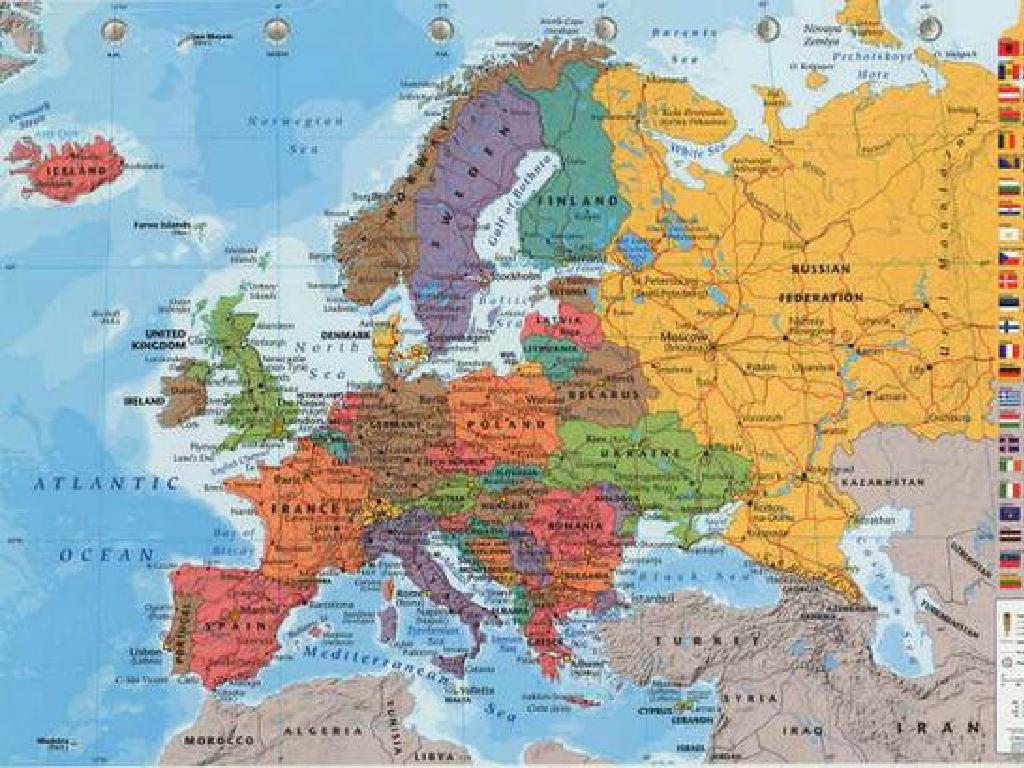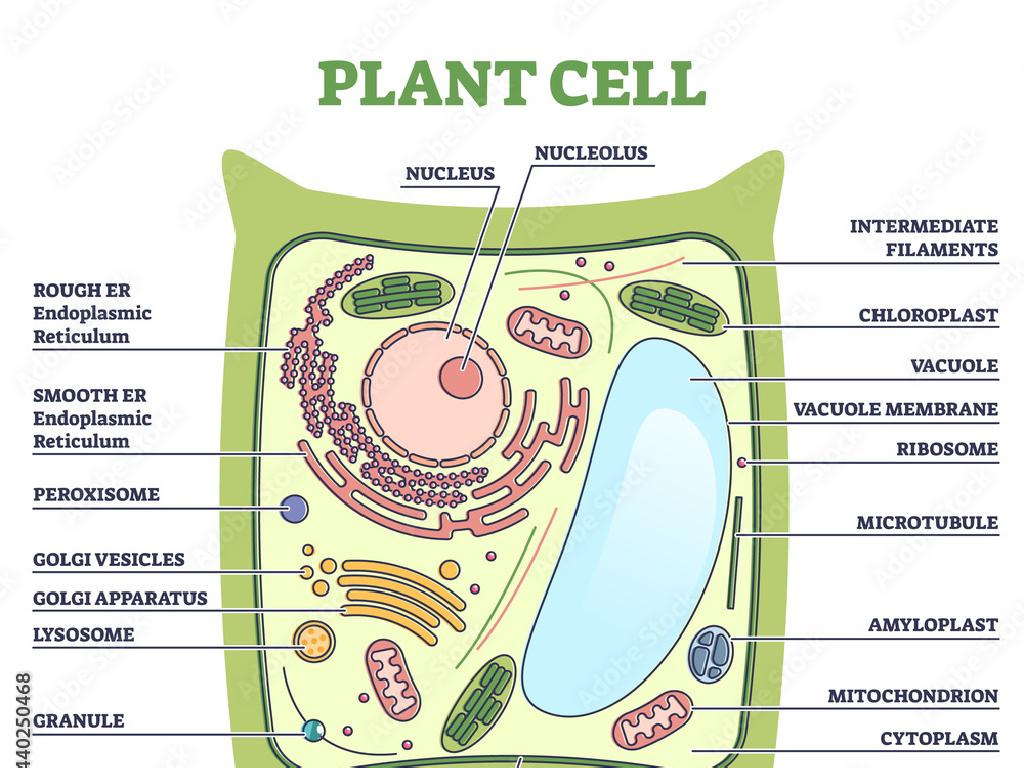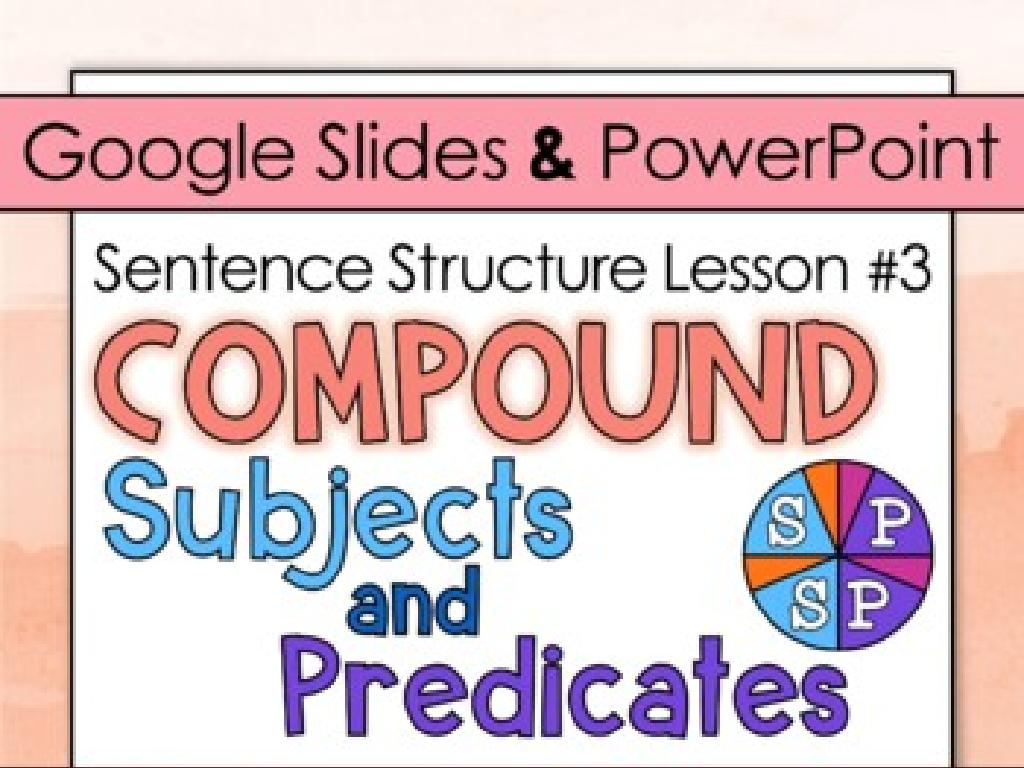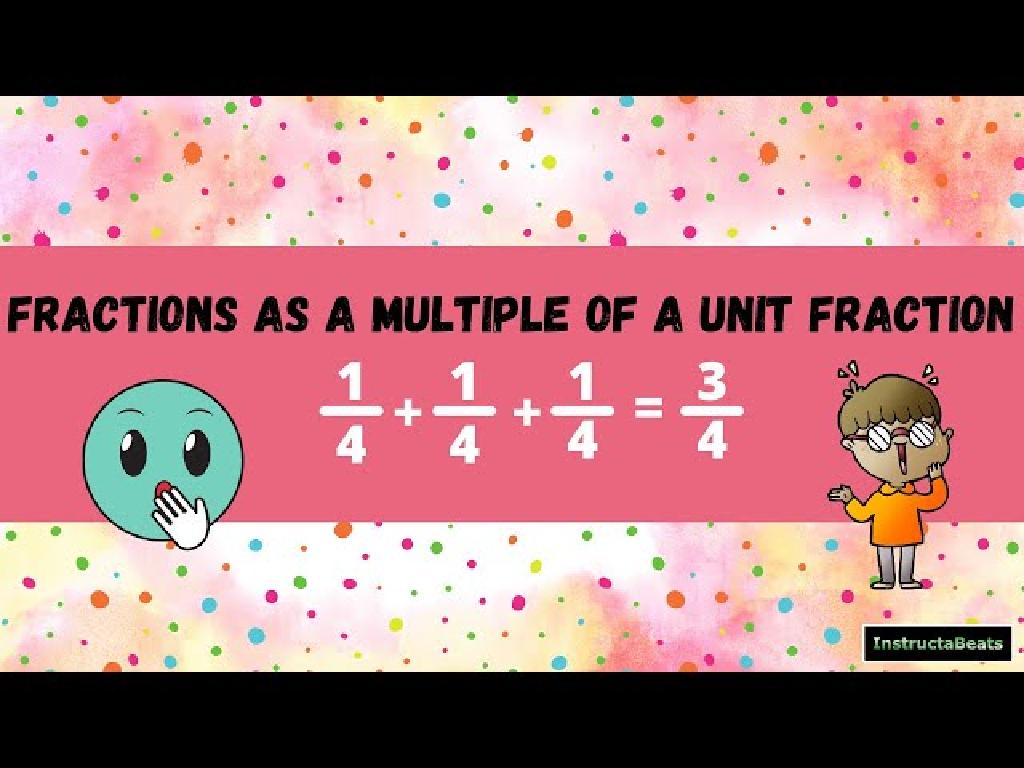Identify Living And Nonliving Things
Subject: Science
Grade: Fourth grade
Topic: Classification
Please LOG IN to download the presentation. Access is available to registered users only.
View More Content
Today’s Adventure: Living vs. Nonliving Things!
– Explore our world’s diversity
– Living vs. Nonliving: What’s the difference?
– Living things breathe, grow, and reproduce. Nonliving things do not.
– ‘Classification’: Sorting it all out
– Classification means grouping things based on similarities.
– Why classify? The importance
– Helps us understand and study the complexity of life on Earth.
|
This slide introduces the concept of classification, a fundamental scientific method used to organize and make sense of the diverse life forms and objects in our world. Start by engaging students with the idea that everything they encounter can be categorized as living or nonliving, and this is the first step in understanding the natural world. Explain that living things have certain characteristics such as the ability to breathe, grow, and reproduce, while nonliving things do not. Clarify that classification helps scientists and us to sort and study the vast array of life forms. Encourage students to think of examples of living and nonliving things in their environment. This will set the stage for deeper discussions and activities related to classification.
Understanding Classification
– Classification is like sorting toys
– Just as we sort toys by type or color, we sort living things by their characteristics.
– Organize based on features
– We group things that are alike, such as plants with plants and animals with animals.
– Scientists classify to study
– By classifying, scientists can focus on similarities and differences to learn more.
– Helps us understand the world
– Knowing how things are classified helps us make sense of the natural world.
|
This slide introduces the concept of classification to fourth-grade students by comparing it to sorting toys, an activity they are familiar with. Emphasize that classification is a method used to organize and make sense of the many different things in our world, especially living and nonliving things. Explain that scientists classify objects and organisms to study them in a more structured way, which helps them understand how these things relate to each other. Encourage students to think of examples of how they classify things in their daily lives and how this might apply to learning about the natural world.
Characteristics of Living Things
– Living things need sustenance
– All animals and plants need food and water to survive
– They grow and reproduce
– Living organisms have a life cycle: birth, growth, reproduction, and death
– Living things breathe
– Respiration is a sign of life, taking in oxygen and releasing carbon dioxide
– They respond to environment
– Adaptation to changes like light, temperature, and touch shows life
|
This slide aims to help students understand the basic characteristics that differentiate living things from nonliving things. Emphasize that all living things require food and water to carry out their life processes. Discuss growth and reproduction as essential life stages, and explain that breathing is a part of respiration, which is crucial for life. Highlight how living things interact with their environment, such as plants growing towards light or animals seeking shelter. Use examples like pets needing food, plants growing towards sunlight, and humans breathing and reacting to hot or cold temperatures. Encourage students to observe these characteristics in their surroundings and bring examples to class.
Exploring Nonliving Things
– Nonliving things don’t need food
– They do not grow or reproduce
– Nonliving things don’t respond
– Examples of nonliving things
– Rocks, water, and sunlight are nonliving
|
This slide aims to help students differentiate between living and nonliving things based on three key characteristics: the need for food and water, the ability to grow and reproduce, and the capacity to respond to the environment. Emphasize that nonliving things do not have these characteristics. For example, a rock does not eat or drink, it does not get bigger or have baby rocks, and it does not react to stimuli like a living thing would. Use everyday examples to illustrate nonliving things, such as water, sunlight, and man-made objects like pencils or toys. Encourage students to think of more examples and to observe objects in their environment to classify them as living or nonliving.
Let’s Compare: Living vs Nonliving Things
– Similarities and differences
– Both can have colors, shapes, and sizes
– Nonliving things that were once alive
– A tree stump or dried flowers
– Group discussion examples
– Share examples of living and nonliving things
– Understanding classification
|
This slide aims to engage students in understanding the concept of classification by comparing living and nonliving things. Start by discussing the similarities and differences, such as the fact that both can have colors, shapes, and sizes, but living things grow and need food and water while nonliving things do not. Address the concept that some nonliving things were once part of living organisms, like a tree stump or dried flowers. Encourage a group discussion where students can share examples of living and nonliving things they encounter in their daily lives. This activity will help solidify their understanding of the characteristics that define living and nonliving entities. The teacher should facilitate the discussion, ensuring that each student participates and understands the classification concept.
Activity Time: Scavenger Hunt!
– Explore school for scavenger hunt
– List living and nonliving items
– For example, a plant (living) or a rock (nonliving)
– Respect all living things
– Discuss findings in class
– Share what you found and why you think it’s living or nonliving
|
This activity is designed to help students apply their knowledge of living and nonliving things in a practical and engaging way. Organize the students into small groups and provide them with a worksheet to record their findings. Remind them to be gentle and respectful to all forms of life they encounter. After the scavenger hunt, regroup in the classroom to discuss their lists. Possible activities: 1) Comparing lists between groups, 2) Discussing why an item is classified as living or nonliving, 3) Drawing or photographing items found, 4) Creating a collage of living vs. nonliving things, 5) Writing a reflection on what they learned about classification.
Classifying Our Finds: Living or Nonliving?
– Review scavenger hunt items
– Discuss living vs. nonliving
– Living things grow, reproduce, and need energy
– Justify your classifications
– Use clues like movement, growth, or breathing
– Share with the class
|
This slide is for a class activity where students will use their findings from a scavenger hunt to classify items as living or nonliving. Begin by reviewing the items collected during the scavenger hunt. Encourage students to discuss the characteristics that differentiate living things from nonliving things, such as growth, reproduction, and the need for energy. Students should justify their reasoning for each classification based on these characteristics. Finally, create an interactive environment where students can share their findings with the class, fostering a collaborative learning experience. Provide guidance and clarification as needed, and ensure that each student has the opportunity to participate in the discussion.
Conclusion & Reflection: Living vs. Nonliving
– Recap: Living vs. Nonliving
– Living things grow, reproduce, and need energy. Nonliving don’t.
– Classification’s role in understanding
– Sorting helps us see patterns and make sense of nature.
– Share an interesting fact
– What caught your attention today about living or nonliving things?
– Reflect on today’s discoveries
|
As we wrap up today’s lesson, let’s reflect on the key points we’ve learned about the differences between living and nonliving things. Emphasize the characteristics that define living things, such as growth, reproduction, and the need for energy, and contrast them with nonliving things. Discuss how classification helps us organize and better understand the natural world around us. Encourage students to share one aspect of the lesson that they found particularly interesting, which could be a specific fact about an organism or an insight into how scientists classify objects. Use this opportunity to assess student understanding and to foster a sense of curiosity and engagement with the topic.





